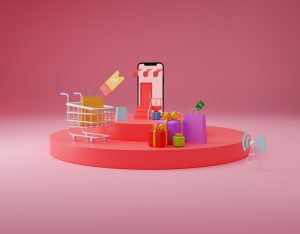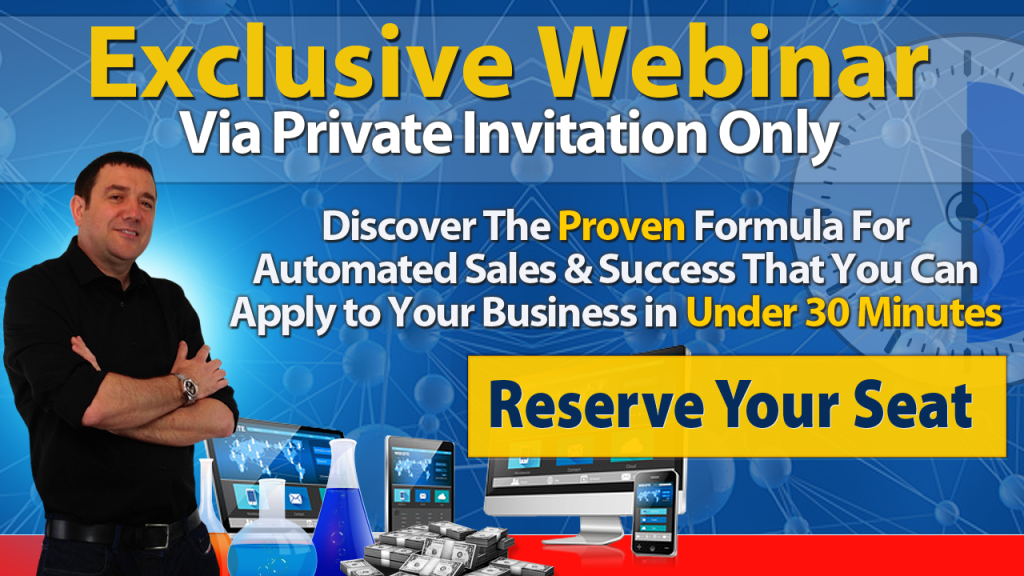
Navigating the world of online marketing can often feel like stepping into a new territory filled with unfamiliar terms and concepts, which can leave beginners confused and overwhelmed. I can relate because not too long ago, I was in the same situation, filled with questions and trying to make sense of the jargon that seemed like a foreign language.
My own journey in online marketing began just a few months ago, and my experiences as a newcomer have motivated me to shine a light on the path for fellow beginners. In this blog post, we’re diving headfirst into the realm of sales funnels and breaking down the jargon that goes hand in hand with them.
Understanding Sales Funnels
In the world of online business, sales funnels are crucial for turning curious visitors into loyal customers. A sales funnel is like a journey, guiding potential customers through a series of well-structured steps. Think of it as a path you lead your prospects along, gradually building a relationship and trust.
Imagine you’re shopping online for an ebook. You find one that piques your interest and decide to make a purchase. That’s just the beginning of the sales funnel. During the checkout process, you’re often presented with additional offers. These might include upgrading to the audiobook version, adding a complementary workbook, or even enrolling in a related online course. This is where the sales funnel is at work, encouraging you to explore more of what the seller has to offer, and it’s a journey many online businesses use to build lasting relationships with their customers.
Front-End Products
Front-end products are the first stepping stones in a sales funnel. These are typically low-cost or even free items, designed to capture your audience’s interest and contact information. They act as the entry point to your funnel, offering value and solving a specific problem for your audience.
For example, think about an inexpensive ebook on “Effective Time Management” offered by a productivity expert for just a few dollars. This ebook serves as a front-end product, attracting individuals interested in improving their time management skills. By providing valuable information at an affordable price, the expert not only builds trust with the audience but also collects their email addresses. This allows for further engagement and the opportunity to introduce them to more comprehensive, paid offerings within the sales funnel.
Upsells
Once someone enters your sales funnel, you can introduce them to upsells. An upsell is a more valuable or feature-rich product that complements what they’ve already bought.
For example, after you’ve purchased the ebook, you might be offered an upsell to upgrade to the audiobook version or a video course of the ebook for an additional fee. This is a classic upsell tactic within a sales funnel. The seller recognizes your interest in the content and suggests a related, premium version to enhance your experience.
Downsells
In the world of sales funnels, there’s also a strategy called downselling. Imagine you considered the audiobook but decided it’s not for you due to the extra cost. In that case, you might be presented with a downsell, offering you a complementary workbook that’s more budget-friendly. This approach keeps you engaged in the journey and provides alternative options based on your preferences.
One-Time Offers (OTOs)
One-Time Offers (OTOs) are special deals presented to customers during the purchasing process. They’re designed to create a sense of urgency, encouraging immediate decisions. These are powerful tools for increasing the average transaction value in your funnel.
Imagine you’ve chosen the audiobook upgrade, and during the checkout process, you’re presented with a one-time offer to join a live coaching session with the author. This limited-time opportunity adds an exciting twist to the journey and can provide significant value.
Back-End Products
A Back-end product is the final offer presented to prospects after they have traversed through a complete sales funnel. These are more advanced or higher-priced items (so-called high-ticket offers).
The back end could for instance involve hosting a webinar at the end of which a high-ticket product is offered for sale. This is where the lion’s share of income is generated from a sales funnel.
Low-Ticket Offers
Low-ticket offers are affordable products or services that cater to a broader audience. They’re a fantastic way to reach a wide range of customers and introduce them to your brand.
Typically, a product priced under $100 is considered a low-ticket offer.
Mid-Ticket Offers
Mid-ticket offers bridge the gap between low and high-ticket products. They typically offer more value than low-ticket items but are still affordable and appeal to a broader audience.
Typically, a product priced between $100 and $996 is considered a mid-ticket offer.
High-Ticket Offers
High-ticket offers are the premium products or services in your funnel, often carrying a substantial price tag. These are your most valuable offerings, and they can provide a significant portion of your revenue.
Typically, a product priced at $997 or more is considered a high-ticket offer.
Putting It All Together
Now that we’ve explored the components of a sales funnel, it’s crucial to understand how they work together. A well-designed sales funnel guides customers from their initial contact with your brand to becoming long-term, loyal patrons. By offering the right mix of front-end, back-end, and mid-ticket products, you can create a revenue-generating system that benefits both your business and your customers. Building an effective sales funnel takes time and experimentation but can be a game-changer in your online business strategy.
Feel free to comment below and share.
To your success,
Olivia Ressler
P.S.: As I mentioned, my own journey in online marketing began just a few months ago. I am currently doing an amazing course called ‘Partnership to Success Program’ which teaches you how to create, launch and sell a digital product. If you’re also interested in learning product creation, I highly recommend checking out this training webinar* from my mentor John Thornhill. It won’t cost you a penny and is packed with fantastic information.
I took up the coaching offer at the end of the webinar just a few weeks ago and haven’t regretted it a second. In fact, I owe the existence of this blog to the program. So check out the webinar here*.

* affiliate link/advertising link
